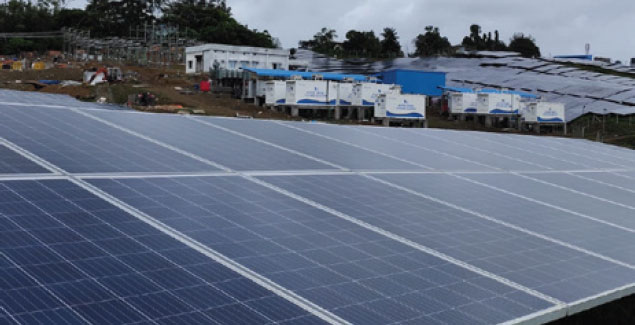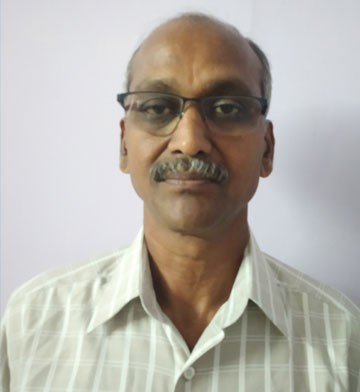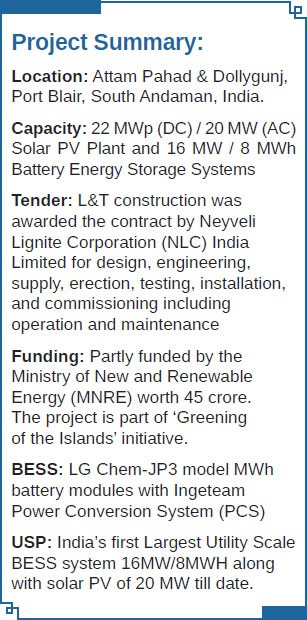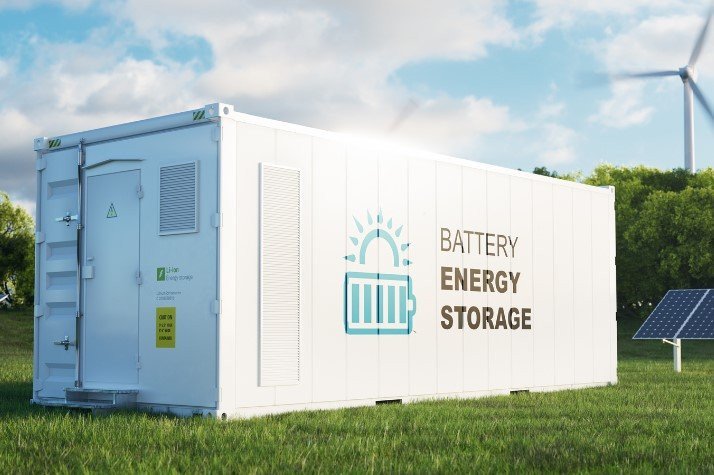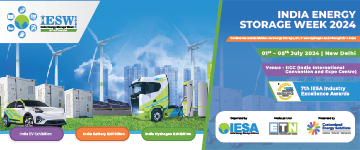Andaman & Nicobar project: accelerating BESS deployment in India
Positioning of BESS may not be the final resolution to the rising electricity demand in India with installed capacity expected to cross 600GW by 2030; but also its potential cannot be challenged, particularly when BESS can play a key role in addressing the call for better demand response in India.
Batteries have developed as a key technology for the transformation of electricity systems and the reduction of carbon emissions globally. In recent times, battery storage, combined with solar photovoltaic (PV) has emerged as one of the most cost-effective ways of providing affordable electricity to remote communities.
In one of its announcements, the US-India Strategic Partnership Forum (USISPF) has said that grid-connected battery-based energy storage systems (BESS) should be assessed more dynamically as a commercial storage technology for grid services, as it offers superior performance and a falling price trend in the future.
With India targeting to set up 175GW of RE capacity by 2022, installing BESS will only help network operators ease variability of renewable resources, and decrease congestion on the grid.
Recently, the Neyveli Lignite Corporation (NLC) India Ltd announced that the electricity department of the Andaman and Nicobar administration has confirmed the commissioning of a 20MW solar power project integrated with an 8MWh battery energy storage system (BESS). This is India's first largest utility-scale BESS system along with solar PV, to date.
NLC India had tendered the 20MW solar project with BESS to be developed on the island of Andaman & Nicobar in 2017, the auction for which was later scrapped, and a renewed tender was issued in March 2018. This was one of the first tenders in the country that saw solar projects coupled with a battery energy storage system. The project has been developed at Dollygunj and Attam Pahad in south Andaman, and it was effectively commissioned on June 30, 2020.
BESS is developing as a potential solution for integrating solar and wind renewables in power systems across the globe. The systems have the unique capability to engage quickly, hold, and then re-inject electricity. In its recent report, India Energy Storage Alliance estimates a market potential of 200GWh-250GWh of stationary energy storage applications in India for the following seven years.
Giving more insight into the project, Ganesan M P, Deputy General Manager, In-charge Andaman Project - NLC India Limited, shares strategic details with ETN.
The BESS of 2C rating and capacity of 16MW is connected with the point of common coupling along with 33KV solar feeders. The main objective of the BESS is to smoothen the solar power application. Around eight LG Chem-JP3 model MWh battery modules are accommodated in nine battery containers. Each container has two battery banks along with its battery management system (BMS), ventilation, data connectivity, etc. Each battery container is connected with an 18 Ingeteam power conversion system (PCS).
The entire plant is automated with the installation of supervisory control and data acquisition (SCADA) with BMS, which also includes checking on battery system health at regular intervals.
- The undulating terrain of the project site
- Logistics constraints
- Lack of skilled manpower and machinery
- Lack of raw materials for construction
- Tropical rain for a period of seven to eight months
- Stringent survey measurements and close coordination with the engineering team
- Optimized planning of activities to ensure availability of supply
- Mobilizing skilled manpower in batches to complete activities in stretches
- Keeping stock of enough raw materials to meet the requirement of the construction phase
- Segregation of project activities helped in planning and completing those activities that could be carried out during the rainy season
L&T won the contract to build this project. The scope of work comprised designing, engineering, manufacturing, inspection, supply, insurance, transport, storage, installation, testing, and commissioning of the project.
Discussing further the L&T scope of work, Ms. Harshitha S Kumar, Head of Microgrids & BESS - L&T Ltd, reflects on key features of the unique project.
Funding: the project was partly funded by the Ministry of New and Renewable Energy (MNRE), the project is part of the 'Greening of the Islands' initiative.
Approach: the implementation of a lithium-ion-based BESS solution is a key feature of this project, which is meant for performing solar power smoothening.
The turnkey BESS solution delivered under this project includes nine containerized Li-ion-based BESS that have been conceptualized and completely integrated in-house at the L&T BESS integration Facility at Kanchipuram, the state-of-the-art facility for integration of electrical and mechanical components inside/on the container of Energy Storage Solution.
The integrated BESS is factory-tested at the L&T microgrid testing lab facility in Kanchipuram by simulating the real site conditions to ensure smooth operation at the site, thus making the solution truly designed for plug-and-play operations.
Uniqueness: the project features intelligent Storage and Renewable Management System (iSTREAMS) developed in-house by L&T. The fluctuations in PV power can be effectively negated by integrating solar PV with battery storage. The purpose of the battery is to add power to the PV output (or subtract power from the PV output) to smoothen the fluctuations in PV power that occur during periods with cloudy conditions.
The Module Mounting Structures (MMS) is designed in-house as Contour Following Structures (CFS) for the highly undulating terrain at the site location. The robust design of structures at all levels and incorporation of seismic kits for battery racks in containers to meet seismic zone-5 requirements. Use of corrosion resistive painting protection for battery containers and other equipment, due to high saline conditions as the vicinity lies within 5kms from the seashore.
Benefit: With the commissioning of this plant, a substantial portion of the daytime power requirement of Port Blair will be met through solar energy, which was hitherto dependent on diesel-based generation.
A reduction of approximately 5 million liters of diesel consumption is expected annually, thereby reducing the carbon footprint of the island. Commissioning of this first-of-its-kind solar + energy storage project is a significant milestone for L&T too as it reinforces the company as a front runner in executing grid-scale battery energy storage projects in India and abroad.
Positioning of BESS may not be the final resolution to the rising electricity demand in India with installed capacity expected to cross 600 GW by 2030, but its latent also cannot be challenged, particularly when BESS can play a key role in addressing the call for better demand response in India.


